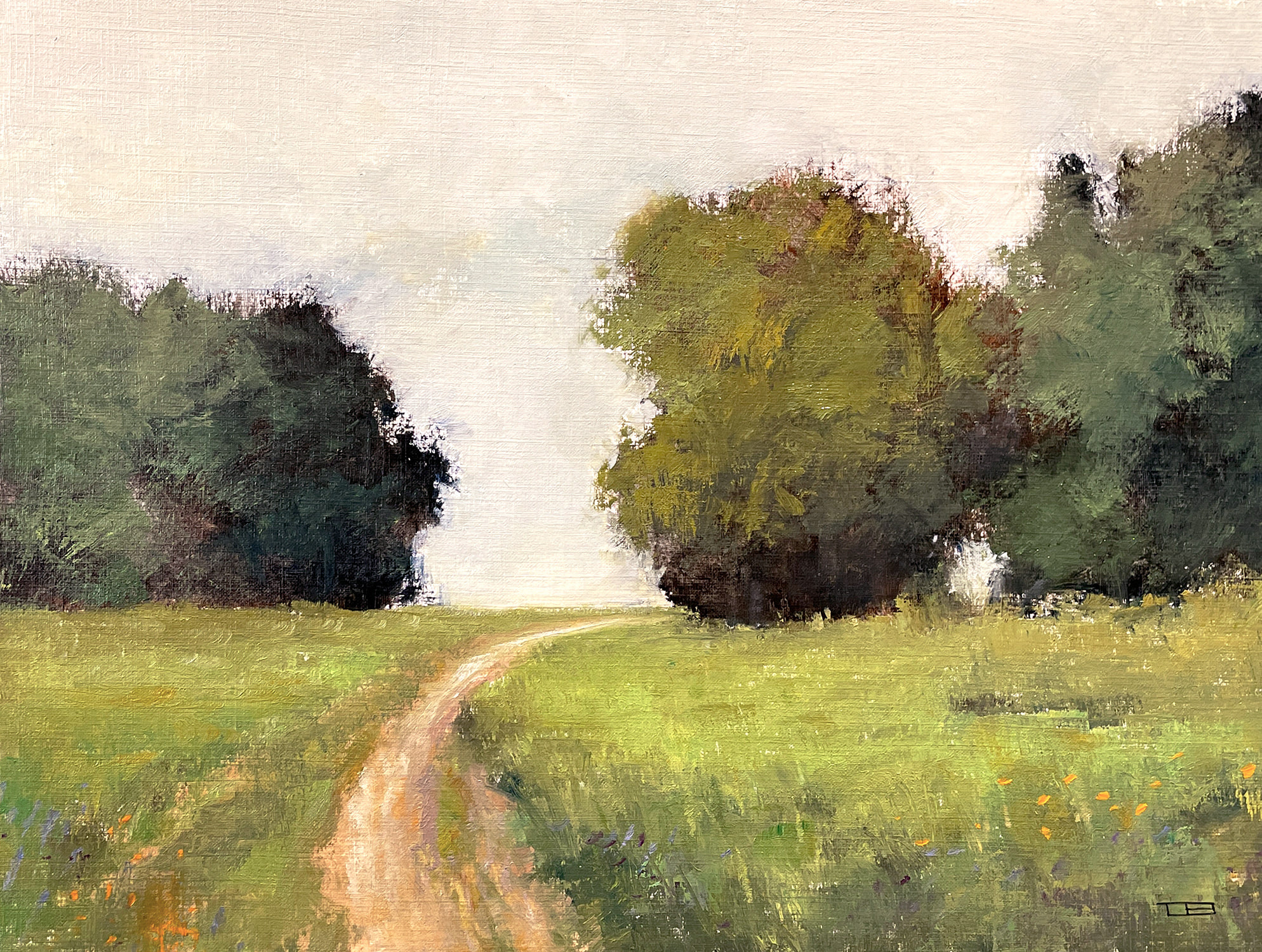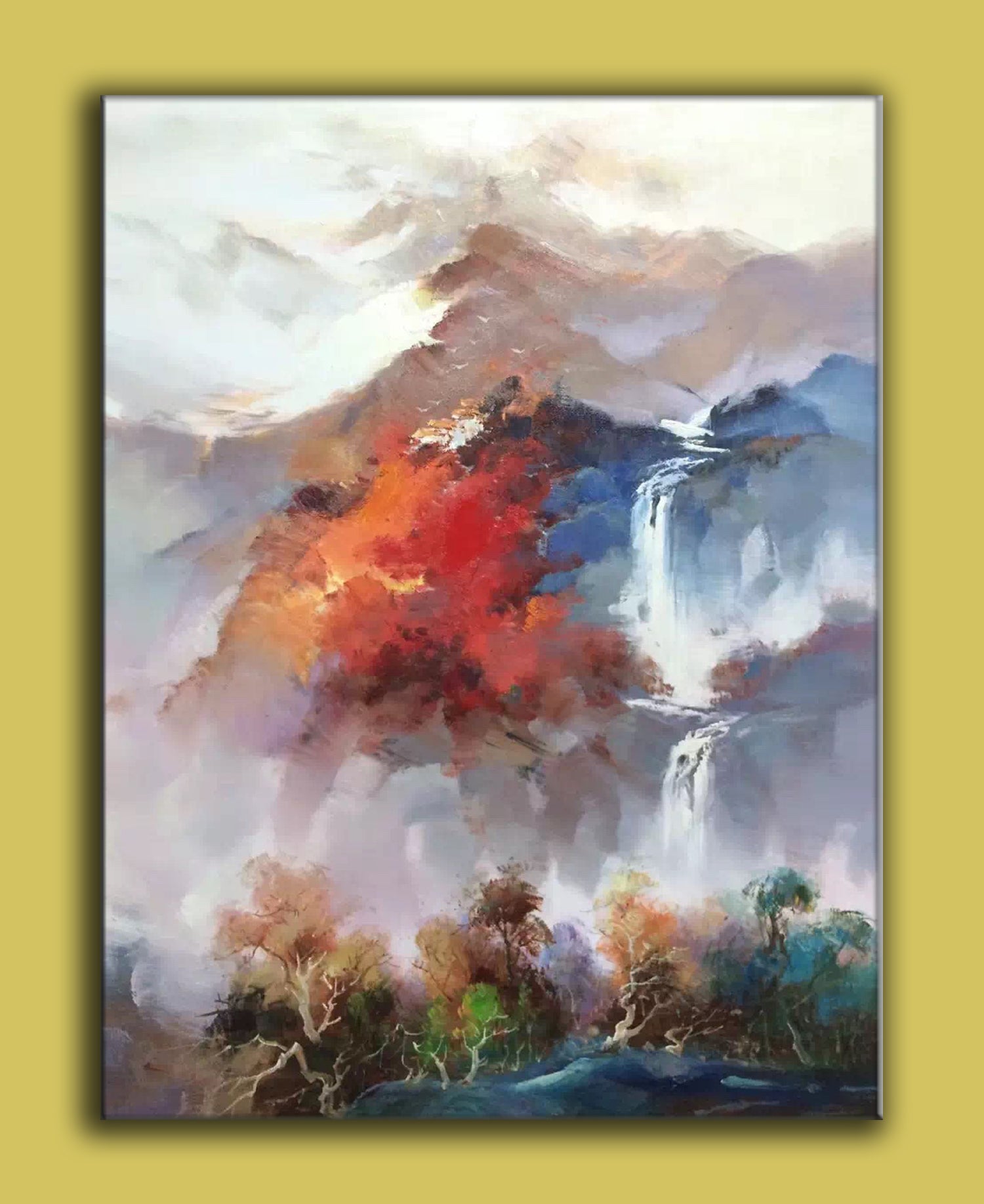Limited Edition Collector's Oil Paintings for Sale
Limited Edition Collector's Oil Paintings for Sale
Blog Article
Discovering All Concerning Oil Paintings: An Overview to Recognizing Their Charm and Value
Oil paintings have actually captivated target markets for centuries, providing a glance right into the creative mastery of various eras. Their rich background is linked with ingenious methods and profound emotional expression. Understanding the materials and techniques behind these artworks can enhance appreciation. In addition, the marketplace for oil paintings presents opportunities for investors and collectors alike. As one discovers this interesting world, the inquiry develops: what makes an oil painting truly beneficial?
The History of Oil Paint: A Journey Through Time
Oil painting has origins that date back to ancient times, it truly grew throughout the Renaissance, when artists uncovered its convenience and rich shade potential. Early instances can be traced to the 7th century, with strategies progressing notably throughout societies. The medium came to be popular in Northern Europe in the 15th century, specifically through the jobs of artists like Jan van Eyck, that spearheaded its use for detailed realism and lively tones. This period noted a departure from tempera paints, enabling better depth and structure. As oil painting spread, it affected countless artists, leading to masterpieces by prominent figures such as Leonardo da Vinci and Rembrandt. The medium's tradition proceeds, shaping the art world well into contemporary times.
Recognizing Oil Paints: Materials and Techniques
As musicians discover the world of oil paints, they encounter a varied range of products and methods that specify this medium. The primary parts of oil paint consist of pigments, which provide color, and drying oils, such as linseed, that bind the pigments and help with application. Numerous ingredients can change the paint's texture and drying out time, improving versatility. Techniques like glazing, where transparent layers are developed up, and impasto, which entails using thick paint, enable different visual effects. Additionally, the use of brushes, scheme blades, and also fingers can produce one-of-a-kind structures and coatings. Recognizing these methods and products allows musicians to totally share their creative thinking and attain the wanted influence in their art work.
The Duty of Shade in Oil Paintings
Color plays an essential role in oil paintings, affecting both visual appeal and psychological resonance. Understanding shade theory fundamentals, including the partnerships between hues, can enhance a musician's capacity to communicate state of mind and environment. Furthermore, mastering shade mixing strategies enables greater deepness and richness in a paint's palette.

Shade Concept Fundamentals
Understanding color theory is essential for artists working with oil paints, as it forms the foundation for creating visually engaging and unified make-ups. Shade theory encompasses the research study of just how colors communicate, the color wheel, and the partnerships in between main, secondary, and tertiary colors. Musicians use complementary colors to boost contrasts and create prime focus, while similar shades promote unity and cohesiveness within an item. In addition, the ideas of warm and amazing colors influence the understanding of deepness and area in a paint. Grasping these principles permits musicians to control shade properly, assisting the visitor's eye and communicating their designated message. Mastery of color concept ultimately enriches an artist's capability to communicate emotions and concepts through their work.
Psychological Influence of Color
The psychological influence of color in oil paintings plays a vital function in how audiences regard and connect with artwork. Colors evoke particular feelings and moods, affecting the viewer's mood. Warm colors like oranges and reds can develop a feeling of heat and energy, while awesome tones such as blues and eco-friendlies usually stimulate peace or introspection. Artists strategically select color combinations to improve narrative aspects, assisting the target market's emotional journey. The saturation and contrast of colors further enhance these effects, drawing attention and creating emphasis. Ultimately, the interplay of shades in oil paints not only enhances their aesthetic allure yet additionally functions as a powerful medium for psychological expression, improving the visitor's experience and interpretation.
Color Mixing Techniques
While numerous aspects of oil painting contribute to the general structure, grasping shade mixing methods is necessary for attaining wanted results and deepness. Shade mixing can be approached with different techniques, including the subtractive and additive processes. Additive mixing involves combining shades of light, while subtractive blending relies upon pigments, where shades blend to produce new shades. Artists usually make use of a minimal scheme to produce harmonious works, recognizing the connections in between main, secondary, and tertiary shades. Strategies such as glazing and scumbling additionally improve depth and brightness. By skillfully blending colors, an artist can click here stimulate feelings, produce prime focus, and attain a sense of realistic look, eventually boosting the painting's visual and emotional effect.
Famous Oil Painters and Their Iconic Works

Renowned for their mastery of shade and technique, oil painters have developed some of one of the most popular artworks in history. Popular artists like Vincent van Gogh mesmerized target markets with his stirring brushwork in "Starry Evening," while Claude Monet's "Impact, Sunup" prepared for Impressionism. Leonardo da Vinci's "Mona Lisa" remains an enduring sign of artistic wizard, showcasing his ability in capturing human expression. Rembrandt's "The Night Watch" shows his ingenious use of light and shadow. Other noteworthy figures include Pablo Picasso, that revolutionized modern art with his bold experimentation in jobs like "Les Demoiselles d'Avignon," and Georgia O'Keeffe, whose vivid representations of landscapes and blossoms assisted define American modernism. Each musician's one-of-a-kind design added substantially to the oil paint landscape.
Exactly how to Examine the High Quality of an Oil Painting
Evaluating the quality of an oil paint includes a careful analysis of workmanship strategies, along with an evaluation of color and make-up. Observing brushwork, layering, and the application of paint can disclose the artist's skill degree. Furthermore, the interplay of shades and the overall setup of aspects contribute considerably to the paint's aesthetic worth.
Examining Craftsmanship Strategies
A careful analysis of workmanship methods is vital for figuring out the high quality of an oil paint. Evaluators must initially examine the application of paint; thick, distinctive brushstrokes might recommend a proficient hand, while excessively uniform applications could show an absence of depth. oil paintings for sale. The layering technique is additionally essential; the existence of glazes and differed density can enhance luminance and intricacy. Furthermore, the quality of the materials made use of, such as the canvas and pigments, plays a considerable function in resilience and general visual. Attention to information in elements like edges and shifts in between colors reflects the artist's commitment to their craft. Ultimately, these methods contribute to the painting's psychological impact and market price, functioning as indicators of the artist's skill and intent
Examining Shade and Composition
While assessing the top quality of an oil painting, one should concentrate on the interaction of shade and composition, as these aspects are essential to the artwork's general effect. Shade choices can develop and stimulate feelings mood; as a result, the musician's combination need to be analyzed for harmony and comparison. A healthy structure routes the visitor's eye and develops a sense of unity. Musicians frequently employ methods like the guideline of thirds or leading lines to improve visual passion. In addition, using light and darkness can include deepness, enhancing the three-dimensionality of the painting. Ultimately, an effective oil painting marries color and composition, engaging the audience and welcoming a much deeper recognition of the artist's vision and method.
Taking care of and Preserving Oil Paintings
Correct care and preservation of oil paintings is essential for maintaining their stability and durability. To shield these art work, it is essential to show them away from direct sunshine, which can trigger fading and staining. Keeping a secure setting with regulated temperature level and moisture further help in stopping damage. Cleaning ought to be done gently using a soft, dry cloth, avoiding any harsh chemicals that could harm the paint or varnish. Regular evaluations for indicators of damage, such as flaking or breaking, are recommended. When carrying or keeping oil paintings, proper extra padding and framing are essential to prevent physical injury. Inevitably, persistent treatment contributes to the aesthetic appeal and worth of oil paintings with time.
The Market for Oil Paints: Collecting and Investing
Recognizing the market characteristics for oil paintings is essential for collection agencies and investors alike. The worth of these artworks is affected by numerous factors, consisting of the artist's credibility, historic importance, and present fads. Collection agencies frequently seek items that reverberate directly while taking into consideration prospective admiration in value. Galleries and auctions work as main places for purchasing and marketing, with prices changing based upon need and rarity. Investing in oil paintings needs study right into the marketplace, in addition to an understanding of credibility and provenance. Furthermore, arising artists might offer possibilities for significant returns, while developed names can command high prices. In general, a critical approach to collecting can yield both aesthetic pleasure and economic rewards.

Regularly Asked Concerns
What Are the Ecological Influences of Oil Painting Materials?
The environmental impacts of oil painting products consist of the launch of unpredictable organic compounds (VOCs), dangerous waste generation, and source extraction for pigments. These variables add to pollution and eco-friendly degradation, raising problems among environmentally mindful artists and customers.
How Do Various Canvases Affect Oil Painting Results?
Different canvases affect oil paint results substantially. Surface area, absorbency, and texture quality can alter paint application, drying out times, and color vibrancy. Musicians often choose specific canvases to achieve desired results and boost their imaginative expression.
Can Oil Paintings Be Recovered if Harmed?
If harmed, Oil paints can undoubtedly be brought back. Expert conservators utilize different strategies to fix tears, tidy surface areas, and address discoloration, guaranteeing that the artwork preserves its initial appeal and value for future generations.
What Are the Signs of an Initial Oil Painting?
The signs of an original oil paint consist of noticeable brush strokes, texture variations, and an unequal canvas weave (oil paintings for sale). In addition, credibility might be verified via provenance, signatures, and the existence of a varnish layer distinct to oil mediums
Just How Has Innovation Influenced Modern Oil Painting Techniques?
Modern technology has significantly affected contemporary oil painting strategies by presenting digital devices for planning, boosted materials for appearance and durability, and on-line platforms for offering and sharing art, thereby increasing artists' imaginative possibilities and audience reach. Oil paint has origins that date back to ancient times, it absolutely thrived throughout the Renaissance, when artists found its versatility and abundant shade potential. The psychological impact of color in oil paints plays a crucial function in how customers perceive and link with art work. While many elements of oil paint contribute to the total composition, grasping shade mixing methods is crucial for accomplishing wanted effects and depth. Reviewing the high quality of an oil paint entails a careful evaluation of craftsmanship strategies, as well as an analysis of shade and structure. While evaluating the top quality of an oil painting, one should focus on the interaction of color and make-up, as these aspects are basic to the art work's overall influence.
Report this page